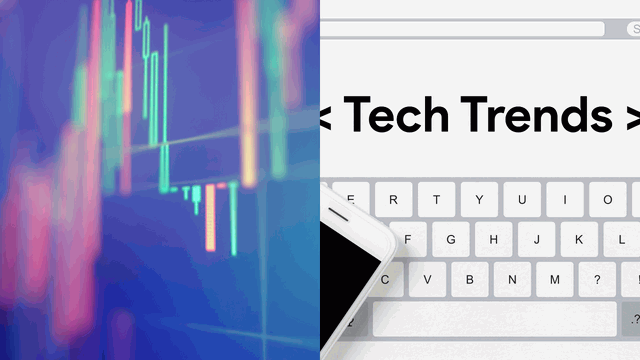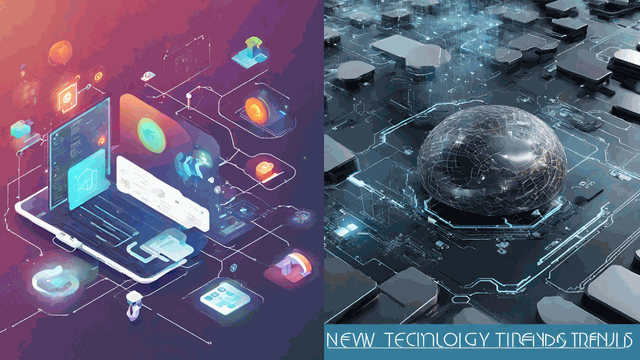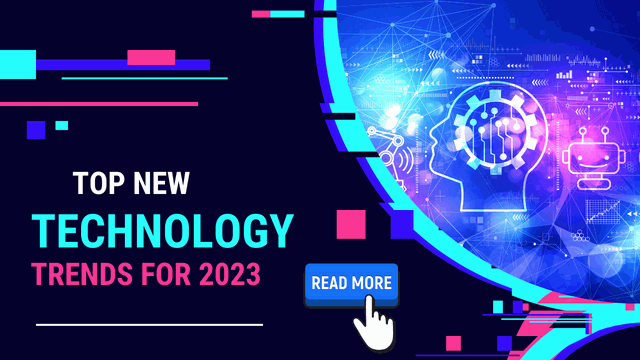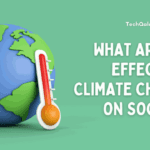Top New Technology Trends for 2023 Forecast
Preface
What 2023 holds in terms of the most exciting top new technology trends is the subject of this edition. The emergence of many technological advancements, such as artificial intelligence (AI), quantum computing, 5G networks, and autonomous vehicles, has the potential to bring about substantial transformations in our everyday routines, as well as in the realms of commerce and social interaction.

Top New Technology Trends for 2023: Breaking Barriers
In 2023, technology trends such as artificial intelligence (AI) and automation will continue to be two of the most influential technological trends in the business world. Automation will expedite operations and eliminate human error, while artificial intelligence will allow computers to learn and make judgments like humans.
Augmented reality (AR) and virtual reality (VR)
The terms “augmented reality” (AR) and “virtual reality” (VR) refer to technologies that place computer-generated visuals and audio in the user’s real-world surroundings.
New Technology Trends: Both augmented and virtual reality (AR/VR) technologies have the potential to improve education by creating more immersive learning environments and to aid healthcare professionals in simulating complex procedures and surgeries.
Augmented and virtual reality (AR and VR) can be used in the retail industry to give customers a more engaging and unique shopping experience.
The Internet of Things (IoT) refers to a system of interconnected electronic gadgets that may send and receive data. The Internet of Things (IoT) will be implemented in sectors as diverse as healthcare, manufacturing, transportation, and logistics to facilitate real-time monitoring and management of business processes.
Additionally, new technology trends indicate that IoT gadgets are predicted to advance in sophistication and connectivity, facilitating improved device-to-device communication and integration.

Block chain technology
The block chain is a digital ledger that facilitates trustless and open transactions between users with no requirement for a trusted third party. Companies in sectors as diverse as finance, healthcare, and logistics will employ blockchain technology trends to build trustworthy and transparent systems of communication. Decentralized finance (DeFi) and non-fungible tokens (NFTs) are only two examples of how block chain technology may inspire new product development.
In addition, improvements in energy efficiency and scalability are anticipated for blockchain, opening the door for its wider use across a variety of sectors. There will be more opportunities for cooperation and new ideas if blockchain networks and platforms become more compatible with one another.
The fifth generation of wireless technology, or 5G, promises increased data transfer rates and more reliable connections. Businesses in the healthcare, industrial, and logistics industries stand to gain the most from 5G technology, which will facilitate the instantaneous transmission of data.
Cloud Computing
Cloud computing is a method of delivering computing services through the internet, including software, data storage, and server capacity. New products and services, such as cloud-based software and platform-as-a-service (PaaS) offerings, will be possible thanks to cloud computing technology trends.
By combining the best features of private and public clouds, hybrid cloud solutions can meet the unique demands of any business.
In addition, serverless computing and containerization, two examples of emerging cloud-native technologies, are likely to continue to see development in 2023. These tools simplify infrastructure administration, allowing application development teams to work faster and more efficiently.

Cybersecurity
The importance of cyber security as a technology trend in 2023 will only grow. Cybersecurity investments help businesses fulfill regulatory mandates like GDPR and HIPAA.
Quantum computing is a method for performing calculations that rely on the principles of quantum mechanics. To tackle difficult problems in real time, businesses will implement quantum computing in fields such as banking, healthcare, and logistics.
Despite quantum computing’s potential, several technical and practical hurdles remain. These include, but are not limited to, increasing quantum systems’ stability and scalability and creating algorithms that can use qubits’ peculiar features.
Zero Trust Security
When it comes to cyber defense, the Zero Trust Security model mandates that every person and device must be verified as trusted before being granted access to the network. Finance, healthcare, and logistics are just a few examples of sectors that will implement Zero Trust Security technology trends since it allows for the development of trustworthy and open networks. Threats like data breaches and cyberattacks can be avoided if businesses implement zero-trust security.
Biometrics
Biometrics is an authentication method that makes use of observable traits of living individuals, such as fingerprints, faces, and voices. Biometrics technology trends will be introduced in some areas, including banking, healthcare, and retail, to provide customers with security and hassle-free interactions with businesses. Threats like identity theft and fraud can be avoided in the workplace thanks to biometrics.
Robotics
Manufacturing, healthcare, and logistics are just a few of the fields that benefit from robotics technology. Robotics technology trends will allow businesses to automate mundane jobs, which will cut down on mistakes and boost productivity. Collaborative robots and medical robotics are only two examples of the kinds of innovative goods and services that will be possible because of robotics.

Space technology trends refer to the tools and techniques that allow for space travel, space tourism, space mining, and the removal of space junk. SpaceX, Blue Origin, and Virgin Galactic are just a few of the private enterprises that will exploit space technology to expand human possibility.
Edge Computing
Edge computing is a system that allows data to be processed and stored at or near its origin. This enhances the processing of data in real time and decreases latency. Manufacturing, healthcare, and logistics are just a few examples of businesses that will benefit from edge computing technology trends, which will increase speed and efficiency in data processing.
Digital Twin
A digital twin is a digital representation of a real-world item, process, or system. Manufacturing, healthcare, and logistics are just a few examples of the types of businesses that will benefit from the virtual simulation and optimization afforded by digital twin technology trends. Businesses will also be able to boost efficiency, productivity, and effectiveness with the help of the digital twin’s technology trends.
The development of sensors, data analytics, and AI has fueled the rise of digital twins. The use of digital twins is predicted to become more common and disruptive across industries as technology advances.
Natural Language Processing (NLP)
To put it simply, NLP is the science of teaching computers to read, comprehend, and communicate in human language. NLP technology trends will be implemented in sectors such as healthcare, banking, and customer service to facilitate process automation and enhanced user experiences. New services and products like chatbots and digital assistants will be possible thanks to NLP.

FAQs
◊ How do you define the metaverse?
Answer: The metaverse is an online community where people may meet up with others and conduct virtual meetings, conferences, and trades. The way we do business and communicate with one another is about to undergo a dramatic shift because of this.
◊ How will automation and AI affect various sectors?
Answer: Artificial intelligence and automation will help businesses run more smoothly by allowing workers to execute jobs more quickly and correctly. It would also facilitate the development of novel goods and services across several sectors.
◊ Zero-trust security—what is it?
Answer: Zero-trust security is a concept of cybersecurity in which every person and device must be verified as trusted before being granted access to the network. All devices and users are seen as suspects, and constant surveillance is used to identify and stop possible security breaches.
◊ What emerging technologies will be popular in 2023?
Answer: Progress in natural language processing and machine learning will increase the prevalence of artificial intelligence by 2023. Using this technology, artificial intelligence can better comprehend us and perform more complex tasks.
◊ Why is technology essential in 2023?
Answer: Several emerging technologies are expected to revolutionize the world in 2023, from artificial intelligence for imaging to the control of military drones. These innovations will fuel global progress and societal transformation.
Bottom Line
Businesses in a wide variety of sectors might greatly benefit from the top new technology trends and developments predicted for 2023. However, putting these technologies into practice calls for an in-depth familiarity with their strengths and weaknesses in addition to a creative outlook. Research and development spending, responsiveness to shifting market conditions, and the acceptance of some degree of measured risk are all necessary for businesses to succeed.
“In conclusion, 2023’s most cutting-edge digital developments will bring both threats and possibilities for established companies”.
Unlock all prompts: https://bitly.com/techtrends







